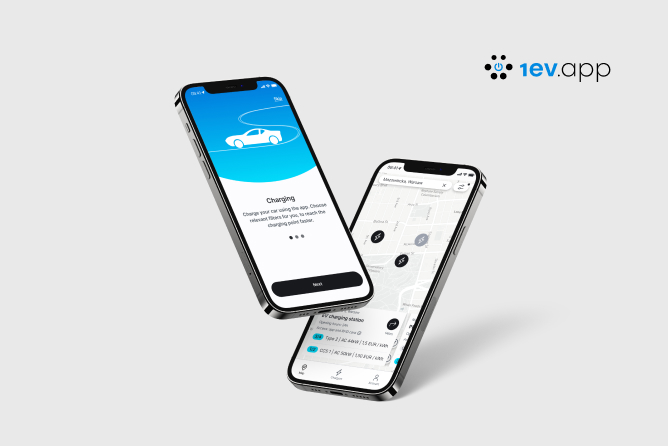Creating a business website is no longer just about picking a nice template. Performance, content management, flexibility, and SEO are becoming crucial to stay competitive. That’s where Next.js and Strapi come in – a powerful duo that combines speed, security, and ease of use.
In this article, we’ll walk you through the main benefits of building your site with Next.js (a modern frontend framework) and Strapi (a flexible headless CMS) – explained in a non-technical way.
What is Next.js?
Next.js is a modern web framework based on React. It allows developers to build fast websites, optimized for SEO, and responsive. One of its key strengths is the ability to generate pages either statically or dynamically, depending on what your site needs.
In short:
- Pages load lightning fast,
- They’re easy for Google to index,
- Your users enjoy a smooth experience.
What is Strapi?
Strapi is a headless CMS, meaning it lets you manage your content without being tied to a specific frontend or website layout. You can publish the same content across multiple channels – your website, app, digital display, or anywhere else.
With Strapi you get:
- An easy-to-use interface for managing content,
- Full control without needing a developer,
- Freedom to grow and adapt your site as your business evolves.
Why Next.js + Strapi is a great combination
Let’s explore why these two tools work so well together, especially for companies looking to grow online:
Blazing-fast page load speed
Sites built with Next.js load extremely quickly – even on slower connections. Google favors faster websites, and users do too.
Business impact: Better user experience + better conversions = more leads and sales.
Improved security
Since Strapi stores content separately from the website’s frontend, it reduces the risk of common attacks (like hacking into a WordPress admin panel).
Business impact: Less worry about data breaches and downtime.
Simple content management
Marketing teams can edit pages, update blog posts, or manage product descriptions directly from the Strapi admin – no coding required.
Business impact: More independence, faster changes, less reliance on developers.
Mobile-first and responsive design
Next.js helps deliver fully responsive websites that look great on any device – from desktop monitors to smartphones.
Business impact: A seamless experience across all platforms = higher engagement.
Scalability and flexibility
Both Next.js and Strapi are easy to extend – whether you’re starting small or planning to grow quickly. You can add new sections, features, or integrations as needed.
Business impact: Technology that grows with your business – not against it.
Multilingual ready
This stack is ideal for international businesses. With built-in support for multiple languages and localized content, scaling globally is easier than ever.
Business impact: Reach more customers in their native language – effortlessly.
Advanced SEO control
Next.js gives developers fine-grained control over SEO elements like titles, meta descriptions, and structured data – without the bloat of plugins.
Business impact: Better rankings, more visibility, and long-term organic traffic growth.
Who is it for?
The Next.js + Strapi stack works great for:
- Service-based businesses wanting a modern website that loads fast and is easy to manage,
- E-commerce companies needing flexibility and security,
- Startups building MVPs that can scale easily,
- Marketing teams who want control over content – without technical barriers.
Real-world use cases
Next.js and Strapi power a wide range of websites and applications:
from sleek landing pages and corporate sites, to blog platforms, education portals, and internal tools. Tech companies, SaaS platforms, and even NGOs are adopting this modern stack for its performance and flexibility.
In summary – why it’s worth it
If you’re looking for a fast, secure, and scalable website that’s easy to manage and tailor to your needs – the combination of Next.js and Strapi is worth serious consideration. It’s a future-ready foundation for any growing business online.
Let’s talk! We’ll help you determine whether Next.js and Strapi are the right fit for your needs.






.jpg)


.jpg)

.jpg)

.jpg)
.jpg)

.jpg)
.jpg)

.jpg)

.jpg)
.jpg)
.jpg)

.jpg)
.webp)

.webp)


.jpg)









.webp)


.webp)






























.webp)





.webp)



.webp)


.webp)



.webp)













